Sir Arthur Conan Doyle wrote The Six Napoleons in which Sherlock Holmes investigated the baffling destruction of figurines of the little French general.
And now, north-east historian Callum Stuart has forensically analysed the history of The Six Rob Roy McGregors as part of his efforts to commemorate the 200th anniversary of the famous Scottish hero’s statue in Culter.
He had to delve as deeply as Doyle’s master sleuth into reams of newspaper cuttings, old chronicles and other sources of archive material to get to the bottom of the inspiration for the original statue and how often it has been replaced since 1822.
Yet his labours have proved worthwhile, not only in providing a fascinating account of the Culter landmark, which has been witnessed by ten generations in the north east, but also in highlighting how the cost of the artefact, which amounted to just a few pounds in the early 1800s and £50 by public subscription in 1867, rose sharply to £50,000 before the current incarnation, designed and built by David J Mitchell, was unveiled in 2017.
The publication of Rob Roy by Sir Walter Scott in 1817 brought the story of the Scottish outlaw, who later became a folk hero, to an international audience.
And, as Callum has discovered, that sparked plenty of interest in the construction of a statue at the spot where he allegedly leapt across the Culter Burn in Aberdeen whilst on the run from the Duke of Montrose’s men in the 18th century.
The author’s work gained immense popularity, so much so that he was asked to “stage-manage” the first visit of King George the Fourth to Scotland. The build-up to the grand occasion in August 1822 was keenly supported throughout the country.
As Scott, never a man for understatement, said: “I do not know what the presence of the King may have upon us, but the very anticipation of it has made us joyous almost to intoxication; the people think of nothing else, they talk of nothing else, and their whole labour appears devoted to some object connected to the Royal visit.”
The idea for the first statue had been born. And there has been one there ever since.
However, the statues have all had distinctive features and some local residents have occasionally voiced criticism of them. Others went further and poor Rob was used as a target by territorial troops billeted in Aberdeen during the First World War, while he survived a close shave with the Luftwaffe in 1943 and vandals nearly 50 years later.
Callum said: “Strangely enough, every version of Rob Roy has had its’ critics in their day. In 1926, ‘New Rab’ drew comparisons with ‘Auld Rab’.
“To be fair, the latter had been used as target practice during the First World War and was rather battle-scarred.
The 1991 version drew headlines in the local press, with him being called a ‘wimp’ due to his ‘sword down’ approach to life.
“The latest version by David Mitchell [a former Gray’s School of Art graduate] is toning down a bit with weathering and it is probably more in tune with what Rob Roy would have looked like during his lifetime [from 1671 to 1734].
“David is an extraordinary sculptor who has produced some fantastic large-scale works in his Glasgow studio. For me, though, it has to be the Rob Roy that you grew up with – or tried to climb on to in your fearless youth.
“The 1926 version, carved from a 9ft piece of Quebec pine, will probably always be my ‘Rob’. He lasted the longest, being retired from his place on the Rock after 65 years.”
As somebody who cherishes the heritage of his region, Callum realised he would have to confront myths when he set out in pursuit of the facts behind the Culter statue.
Yet he has conducted his inquiry with a dedication to duty and diligence which means he has assembled a formidable array of literature to demonstrate its enduring history.
As he said: “It is so important for people to have a sense of belonging. That can be to a place, family or in this case, to a statue hanging over an impressive ravine at Culter.
“It is one of those local features which has ‘always been there’ in the community and that creates an attachment. However, due to the passing of time and the people involved, sometimes the story gets lost or gets mixed up or is embellished.
It’s hardly surprising Callum is nicknamed “The Heritage Hound”, considering the amount of digging he has carried out to reach his conclusions.
He told me: “Until recently, the Roy Roy statue at Culter was one of the longest standing wooden statues in Scotland. Once the need for public subscriptions to maintain and replace the statue began in 1867, information is fairly accessible.
“So the cost of each one has risen from £50 in 1867 to £200 in 1926, £5000 in 1991 and £50,000 in 2017. However, information before this has always been presumption or speculation about what Rob Roy MacGregor had to do with the area.
“The key to Rob’s story was the first-hand knowledge offered by a local joiner, William Merchant, who had actually worked on the statue previous to 1867. When it was being re-painted in 1882, a subscription was set up to cover the cost.
“[Somebody who was referred to as] ‘DM of Culter’ reported in the Aberdeen Weekly Journal that he had spoken to William Marshall, a master carpenter of Stankfield and North Lodge in Culter who had given the back story of the statue and a timescale that [the first work had been built] ‘upwards of 60 years’ ago.
“I had just taken some American visitors to Edinburgh Castle for the day, and part of the guided tour mentioned the visit of King George IV, who arrived at Leith on his first visit to Scotland in 1822. The whole organisation of this was done by Sir Walter Scott and according to the press at the time, people in Scotland thought of little else.
A bicentenary to celebrate
“This would put the creation of the first statue right at the front of William Marshall’s ‘upwards of 60 years’ timescale. The Culter Mill Engineer Mr Walker, would have had to put up the original sometime after the publication of Rob Roy and the King’s visit.
“The latter was meant to arrive in Scotland on August 14, but it was raining, so he didn’t set foot on dry land until the the following day.
“And that seems an appropriate time to celebrate 200 years of Rob Roy at Culter.”
Elementary, isn’t it. Oops, we’re back where we started with Sherlock Holmes!
These are the details of the six Rob Roy figures which have graced Culter since the 19th century, but even some of the first names of the creators have remained as elusive as the man himself when it came to escaping his enemies in the north of Scotland.
Rob Roy 1: 1822-before 1837, created by Mr Walker, an engineer.
Rob Roy 2: 1837-1867, possibly a ship’s figurehead, modified by William Marshall.
Rob Roy 3: 1867-1926, built with a public subscription of £50, the work of Mr Wishart.
Rob Roy 4: 1926-1991, built with a public subscription of £200, the work of Mr David Graham.
Rob Roy 5: 1991-2017, the work of Mr Arnold Smith at a cost of £5,000.
Rob Roy 6: 2017- present, designed and created by Mr David Mitchell, at a cost of £50,000.
Further information about Callum Stuart’s work can be found here.
More like this:
The Aberdeen Blitz of 1943 left the city in ruins and death all around
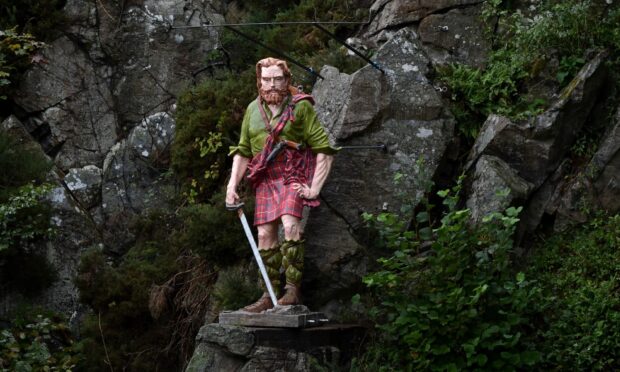
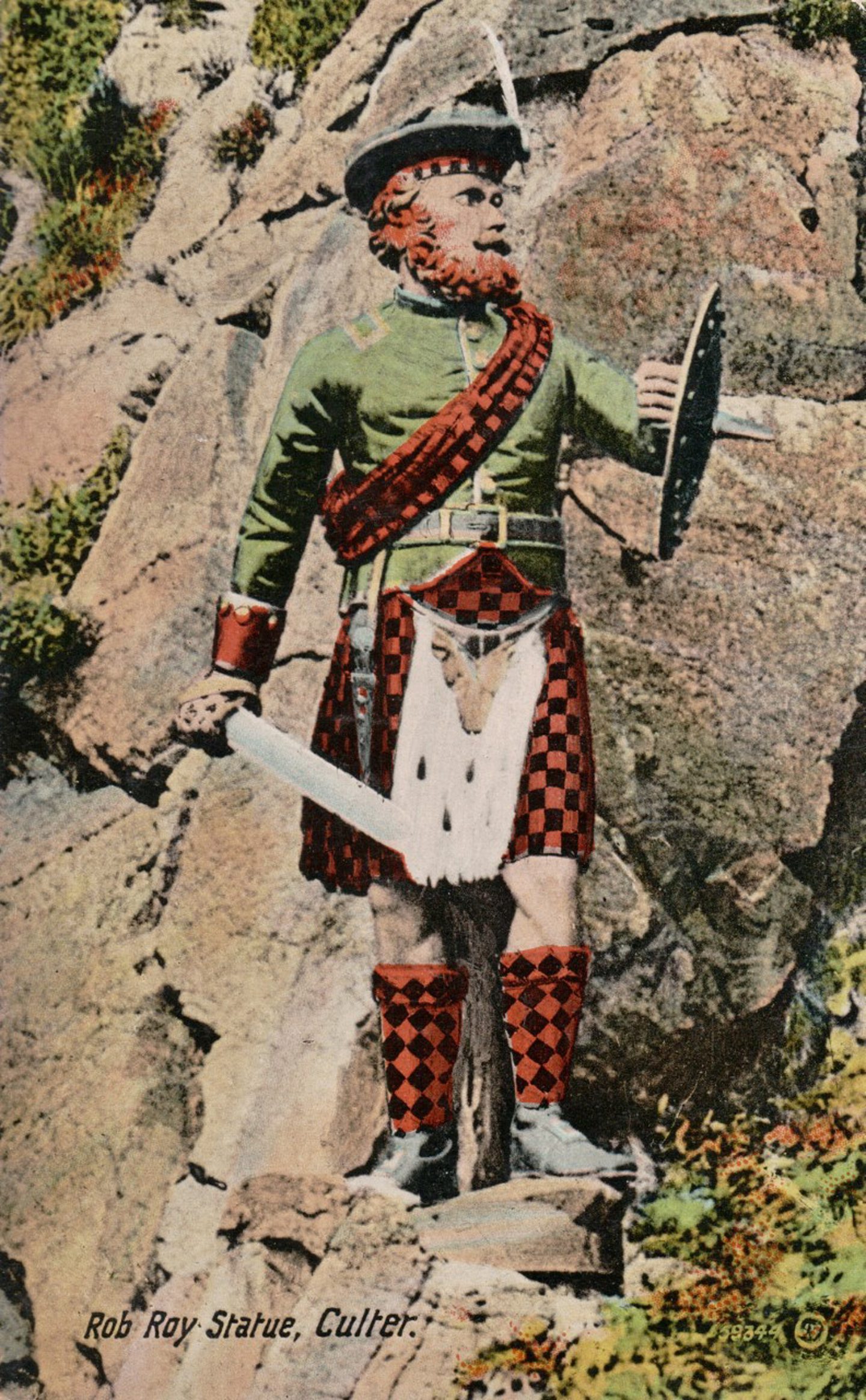
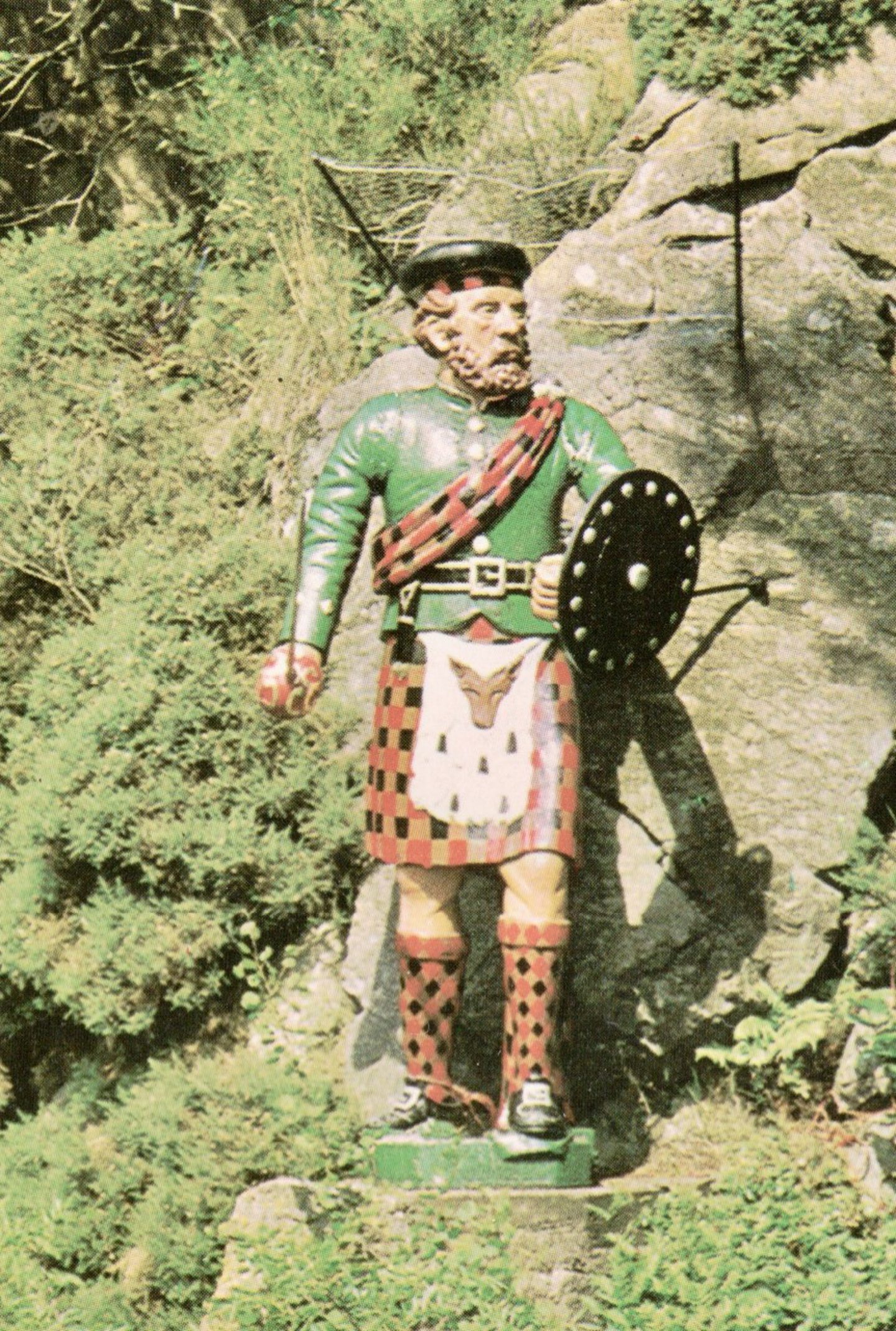
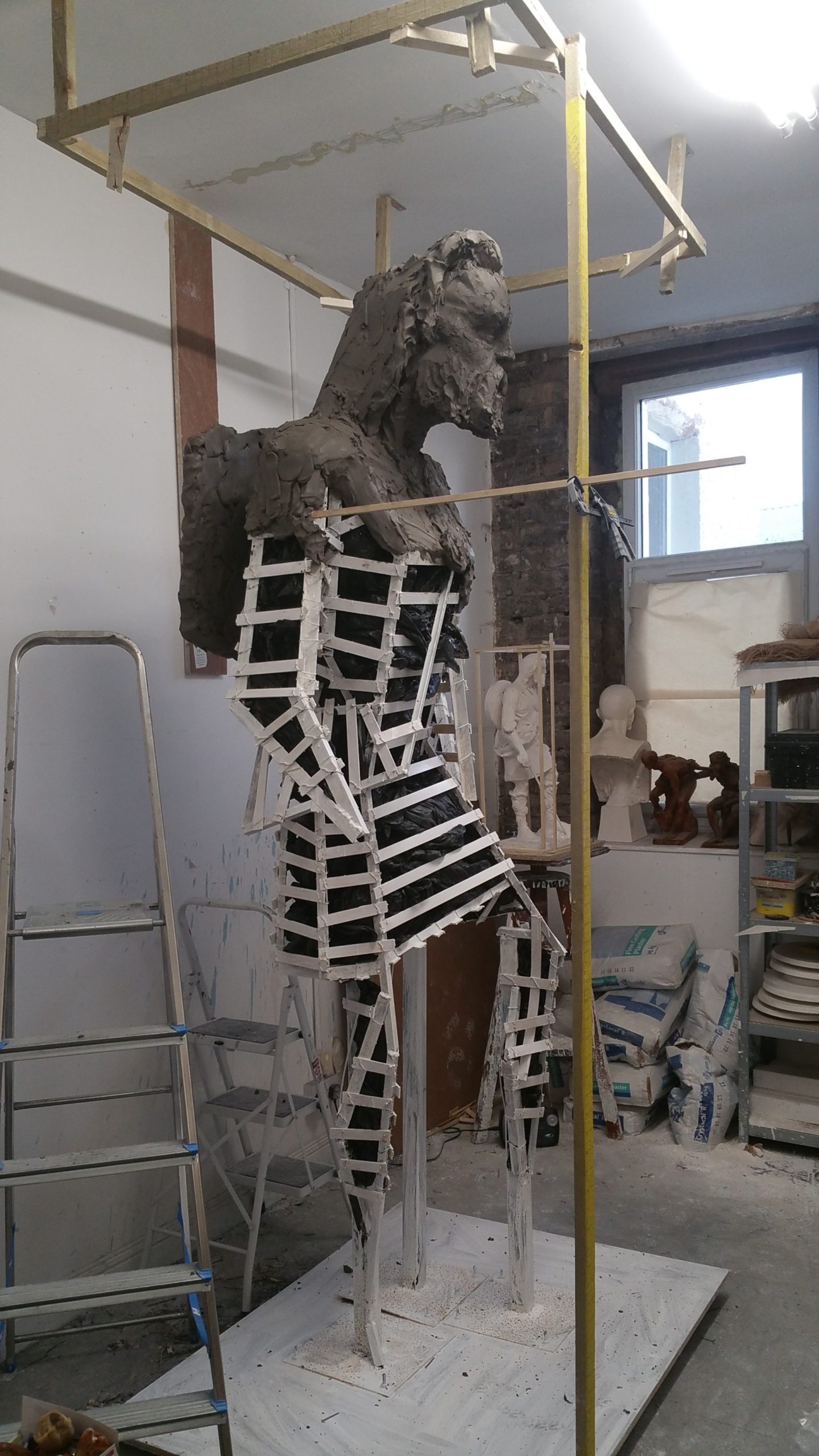
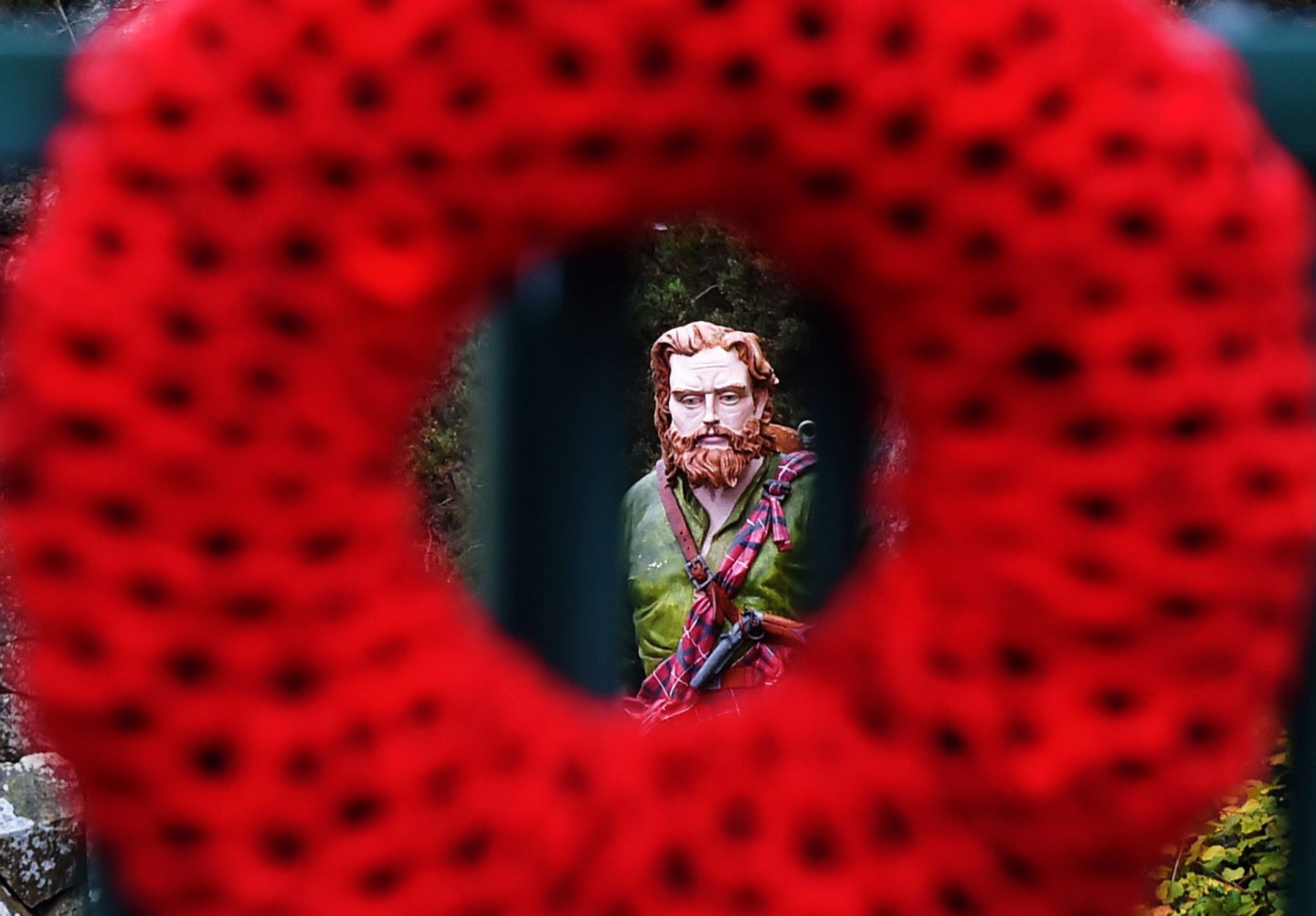
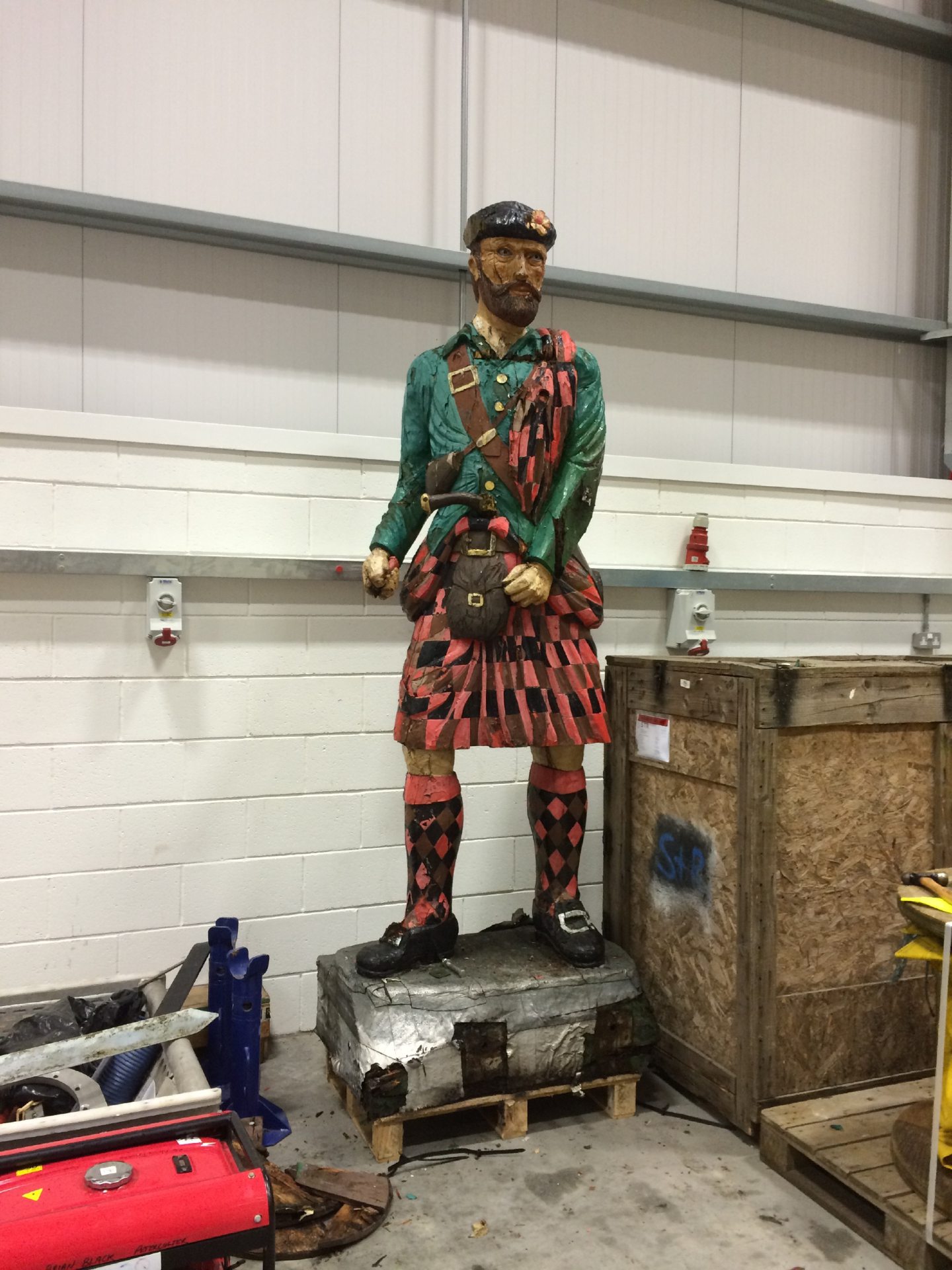
Conversation